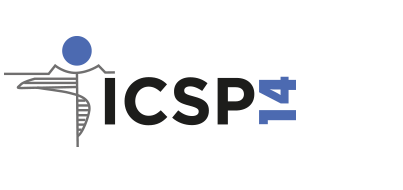14th International Conference on Shot Peening
Abstract [54]
Alessia Grecoa, Emanuele Sgambitterraa, Franco Furgiuelea, Domenico Furfari
University of Calabria, Department of Mechanical, Energy and Management Engineering, Rende (CS), Italy alessia.greco@unical.it, emanuele.sgambitterra@unical.it, franco.furgiuele@unical.it b Airbus Operations GmbH, ZAL Tech Center, Hein-Saß-Weg 22, Hamburg, 21129, Germany domenico.furfari@airbus.com
Introduction
The improvement of fatigue, wear and corrosion performances of mechanical parts is one of the greatest challenges of industrial production. To this aim, several strategies has been developed and, beyond all, the Laser Shock Peening (LSP) surface treatment is one of the most powerful. LSP exploits shock pressure waves to induce severe plastic deformation and compressive residual stresses at the surface and at the subsurface of the treated components. The measurement of the LSP-induced surface residual stresses (RS) can be realized through destructive or nondestructive methods, based on the resulting damage. Nanoindentation is a semi-destructive RS measurement technique that allows to perform rapid and economic tests. Despite that, its application is limited because it is a young developing method that still needs improvements.
Objectives
Herein, nanoindentation technique is used to measure the residual stress field [1]. In particular, this work aims to measure a residual stress field whose principal stress component are equal (equibiaxial residual stress field). The residual stresses induced by the LSP treatment on the surface of an Al7050-T7451 sample are investigated.
Date
18 Novembre 2022

